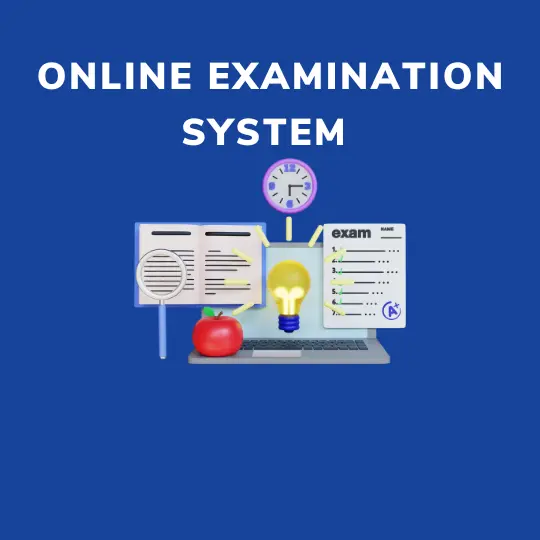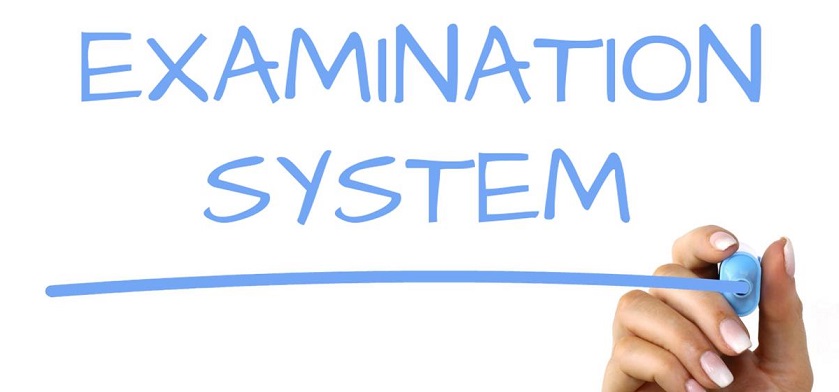Examination systems have served as pivotal components of education, offering a means to gauge students’ understanding, knowledge retention, and skill acquisition.
However, the landscape of examination methodologies has experienced a profound evolution, driven by technological advancements, pedagogical insights, and the demand for more comprehensive assessment practices.
This article delves into the historical trajectory of examination systems, scrutinizes the limitations of traditional methods, and explores the diverse array of innovative approaches shaping the future of assessment.
Historical Perspective
Examination systems have a rich historical background, dating back to ancient civilizations where tests were used to assess individuals’ knowledge and skills.
Notably, in ancient China, the imperial examination system was established as early as the Han Dynasty (206 BCE–220 CE) to select government officials based on their proficiency in Confucian classics and other subjects. This system, which lasted for over a millennium, played a crucial role in shaping China’s bureaucracy and society.
Similarly, in ancient Greece, philosophers like Socrates employed questioning and dialogue as a form of examination to stimulate critical thinking and philosophical inquiry. These early practices laid the foundation for the structured examination systems that emerged in Europe during the Middle Ages, particularly within monastic and academic institutions.
Traditional Examination Methods

Pen-and-paper examinations became the predominant method of assessment during the Renaissance and subsequent centuries. Standardized question papers, often administered under strict supervision, allowed for the systematic evaluation of students’ knowledge and understanding.
However, traditional examinations have faced criticism for their reliance on rote memorization and regurgitation of facts, which may not accurately reflect students’ true comprehension or ability to apply knowledge in practical situations.
Moreover, the emphasis on timed, high-stakes tests has been associated with increased stress and anxiety among students, potentially hindering their performance.
Challenges and Criticisms
Traditional examination systems have been subject to various criticisms and challenges in the modern era. Critics argue that the emphasis on standardized tests may lead to a “teaching to the test” mentality, where educators focus narrowly on preparing students for specific exam formats rather than fostering deeper understanding and critical thinking skills.
Additionally, the one-size-fits-all nature of standardized tests may not accommodate the diverse learning styles, backgrounds, and abilities of students, leading to concerns about equity and inclusivity in assessment.
Furthermore, traditional exams often fail to capture essential skills such as creativity, collaboration, and problem-solving, which are increasingly valued in the 21st-century workforce.
The Shift towards Innovation

In response to these challenges, educators, policymakers, and assessment experts are exploring innovative approaches to assessment that better align with modern educational goals and pedagogical principles. These innovative methods prioritize holistic learning outcomes, authentic demonstrations of understanding, and personalized feedback. Some key trends in the evolution of examination systems include:
Technology-Enhanced Assessments
The integration of technology into assessment practices has opened up new possibilities for more dynamic and interactive exams. Computer-based tests, online platforms, and digital tools enable educators to design assessments that incorporate multimedia elements, simulations, and real-time feedback.
Adaptive testing algorithms can also tailor the difficulty of questions to each student’s proficiency level, providing a more personalized assessment experience.
Performance-Based Assessments
Performance-based assessments focus on evaluating students’ ability to apply knowledge and skills in authentic contexts.
These assessments may take the form of projects, presentations, portfolios, or real-world simulations, allowing students to demonstrate their competency through practical application rather than rote memorization.
Performance rubrics and criteria-based assessment methods help ensure fairness and transparency in evaluation.
Formative Assessment Practices

Formative assessment techniques emphasize ongoing feedback, self-assessment, and reflection throughout the learning process. Rather than relying solely on summative exams at the end of a course or unit, formative assessments provide regular opportunities for students to monitor their progress, identify areas for improvement, and actively engage in their own learning journey.
Digital platforms and learning management systems facilitate the collection and analysis of formative assessment data, enabling educators to make data-informed instructional decisions.
Alternative Credentials
Alternative credentials, such as digital badges, micro-credentials, and competency-based assessments, offer flexible and customizable pathways for recognizing students’ achievements and competencies.
Unlike traditional grades, which may provide limited insight into students’ skills and capabilities, alternative credentials can capture a broader range of learning experiences, including extracurricular activities, internships, and community service projects.
Blockchain technology ensures the security and integrity of digital credentials, allowing learners to share their accomplishments with employers, higher education institutions, and other stakeholders.
Conclusion
The evolution of examination systems reflects a broader shift towards more student-centered, competency-based approaches to assessment. By embracing innovation and leveraging technology, educators can create assessment practices that foster deeper learning, critical thinking, and skill development.
However, the successful implementation of innovative assessment methods requires a commitment to equity, inclusivity, and ongoing professional development. Through collaborative efforts and a shared vision for educational excellence, examination systems can continue to evolve and adapt to meet the diverse needs of learners in the 21st century and beyond.
